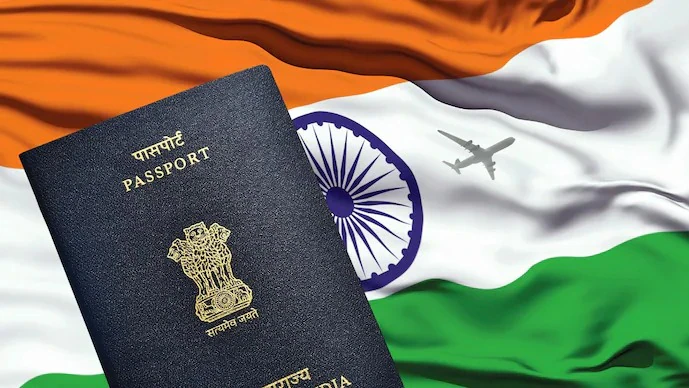Only traditional clay and not the baked kind, plaster of paris etc. should be allowed for idols meant for immersion. Likewise, water soluble and non-toxic natural dyes should be used for painting the idols, instead of non-biodegradable chemical dyes.
The noise and uproar over water contamination and health risks on account of immersion of idols are usually largely ignored: The indifference of the authorities remains unchanged. And as far as the public is concerned, nobody seems to care one way or another. As a result, the massive pile-up of Ganesha idols in the Gomti River and lesser water bodies in the city, continues unchecked in a flagrant abuse of pollution norms and restrictions.
As the devotees’ cries of ‘Ganapati Bappa Morya’ and the thundering sound of drums rise in a ear-splitting crescendo, it becomes fairly obvious that no one can feel the anguish and agony of a river being dangerously poisoned by toxic pollutants and massively overloaded by the debris of mighty Gods. Post Ganesh Chaturthi celebrations, it is the same old story across the country, year after year.
No one can deny the fact that during festivals, religious fervor reaches a fever pitch. But equal importance needs to be given to traditional norms and local advisories; a balance must be struck between festive fervour and civic duties.
It was clear that appeals by the concerned authorities to make smaller idols of non-baked, quick dissolving clay with natural colours had largely gone unheeded.
According to advisories, idols were required to be made of natural materials like traditional clay, not baked clay, plaster of paris etc. It was also stipulated that the idols be painted with water soluble, non-toxic natural dyes, not non-biodegradable chemical dyes.
No one can deny the fact that during festivals, religious fervor reaches a fever pitch. But equal importance needs to be given to traditional norms and local advisories; a balance must be struck between festive fervour and civic duties.
Flowers, clothes, decorative material should be removed and while biodegradable materials should be collected for recycling, non-biodegradable materials should be collected separately for disposal.
In Mumbai, where the festival is most popular, the Brihanmumbai Municipal Corporation (BMC) appealed to public Ganesh mandals to give priority to artificial immersion sites at 173 places apart from the 73 natural immersion spots.
The appeal also called for minimising the use use of garlands and flowers, to keep disposal of all such material at the lowest.
It asked households to keep the idol size at 2ft and the mandals to keep to maximum 4ft. BMC went on to further urge households to immerse their idols in buckets at home or prioritise the nearest artificial sites for immersion.
However, as per reports, over 34,000 idols were immersed on the last day of Ganpati festival in Mumbai with 13,442 in artificial lakes. A total number of 41,000 were immersed on the second day, 66,000 on the fifth and 15,000 on the seventh day.
As expected, the acid content in the lake waters has increased, the TDS (Total Dissolved Solids) increased by a 100%, dissolved oxygen content increased due to the agitation of waters during immersion and the heavy metal content showed an increase of iron by nearly 10 times and copper content by 200 to 300 per cent
But that is not all. Sad to say the beaches and banks of lakes and rivers remain strewn with the leftover material at idol immersion points and only in few cases the removable synthetic liners have been used to be taken out post immersion alongwith remains of idols. Also lime should have been added to the waters for settling the solids.
Durga Puja, the prominent festival of Bengalis that sees pandals coming up for the purpose is just round the corner.
This year, in the domestic as well as foreign markets, the number of idols on demand from Kumartuli in Kolkata and other centres across the country, has significantly dwindled. Even then, concerns over another imminent spate of water pollution remains strong.
Wouldn’t it be a wonderful if the authorities took the trouble of making artificial lakes to prevent pollution of natural water bodies. By comparison the idols of Devi Durga are far bigger in size, releasing a larger volume of pollutants. Let’s all keep our fingers crossed.
************************************************************************
Readers
These are extraordinary times. All of us have to rely on high-impact, trustworthy journalism. And this is especially true of the Indian Diaspora. Members of the Indian community overseas cannot be fed with inaccurate news.
Pravasi Samwad is a venture that has no shareholders. It is the result of an impassioned initiative of a handful of Indian journalists spread around the world. We have taken the small step forward with the pledge to provide news with accuracy, free from political and commercial influence. Our aim is to keep you, our readers, informed about developments at ‘home’ and across the world that affect you.
Please help us to keep our journalism independent and free.
In these difficult times, to run a news website requires finances. While every contribution, big or small, will makes a difference, we request our readers to put us in touch with advertisers worldwide. It will be a great help.
For more information: pravasisamwad00@gmail.com











